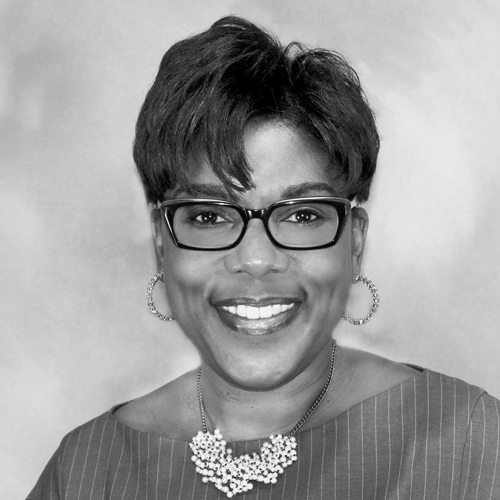Kevin Rhodes is a man made for patent litigation. He started his career as a chemist but became enamored with IP law when the company he worked for was involved in a patent-infringement lawsuit. From that experience, Rhodes decided to attend law school. He is now chief intellectual property counsel for 3M, a $30.8 billion company that ranks 101 on the Fortune 500. With a lot to lose, Rhodes tells us how he’s working to protect 3M’s intellectual property.
Modern Counsel: What attracted you to patent law?
Kevin Rhodes: I find the intersection between law, business, and technology to be fascinating.
MC: Then 3M seems like a good place to practice.
KR: It’s incredible. The company’s first invention went to market more than 100 years ago, and it’s been an innovation engine ever since, celebrating the issuance of our 100,000th patent in May of this year. That took a tremendous collective effort from inventors and legal professionals spanning 10 decades.
MC: What are the major challenges of your role?
KR: I’m responsible for managing the IP assets of 3M and its global affiliates. We’re an incredibly diverse company with 50,000 products encompassing 46 different technology platforms in countries all over the world. Roughly two thirds of our sales are outside the United States, so we have to approach every issue from a global perspective, factoring in not only how the issue needs to be addressed in the United States, but in a number of different geographies and legal systems. We have a globally dispersed research and development community, which means inventions are coming out of laboratories around the globe, and they need to be protected. We also have manufacturing investments around the world, in order to shorten our supply chains and be closer to our customers, and those investments involve process technology protected by trade secrets. So we have to ensure we have a consistent level of protection in place for those secrets.
MC: That’s a lot of diverse moving parts. How do you manage that level of globalization?
KR: For the past few years, we’ve focused a lot of effort on growing our regional IP offices—building the infrastructure and recruiting professionals so we can advise local businesses.
MC: With so many patents, do you ever have any issues with non-practicing entities?
KR: Any company of our size operating in as many industry segments as we do will attract attention, so we’re familiar with the issue, but it’s been something we’ve found can be managed—for example, we spend a lot of time clearing our products versus the patents of others before we launch them.
MC: With the passing of the American Invents Act in 2011, the patent law world has changed quite a bit. How has it affected you?
KR: The statute was the most significant change to the US patent system since 1952. Among other things, it switched the United States from a “first to invent” to a “first inventor to file” system, which harmonized the United States with the rest of the world and simplified things for a multinational patent practice like we have at 3M. It also established new post-issuance proceedings that allow patent validity to be challenged in reviews conducted by the Patent and Trademark Office, which is reshaping the landscape of patent enforcement in the United States. The full impact of that change has yet to be seen.
MC: Are there any other changes to the US patent system on the horizon?
KR: Definitely. We’re in a very interesting and dynamic legal environment in the realm of patent law. There were many proposals during the last Congress for further changes to the patent laws, and though they didn’t get passed, I fully expect that we’ll be seeing them again in the next Congress. The Supreme Court has also been active in the patent world, making changes to fundamental principles of patent law, such as patentable subject matter, the definiteness of patent claims, induced infringement, and other issues.
MC: How do you manage the changes?
KR: We’re focusing on adapting our practice to the changing landscape coming out of courts as well as Congress. For example, we’ve been engaged with a number of proposals for legislative changes that would be directed largely at patent enforcement, seeking to ensure they’re balanced.
MC: What do you mean by “balanced?”
KR: We need to make sure we’re thoughtful in the changes we make. It’s undeniable that practices exist with respect to patent litigation that have no place in a well-functioning patent system. But, we can’t ignore the value of patent rights and the need to have patents enforceable against infringement in an efficient and effective manner. So balanced changes would take care of the bad practices without undermining the value of patents and their enforceability.


